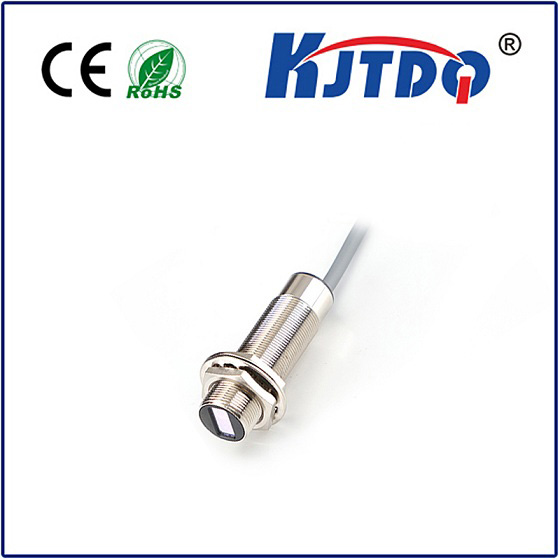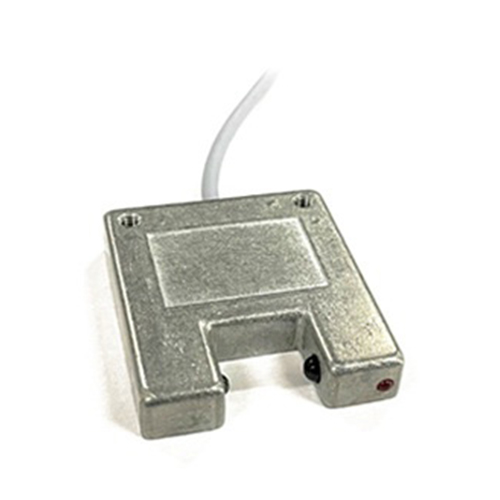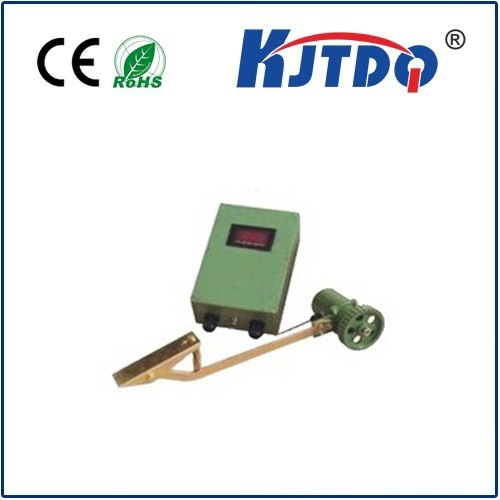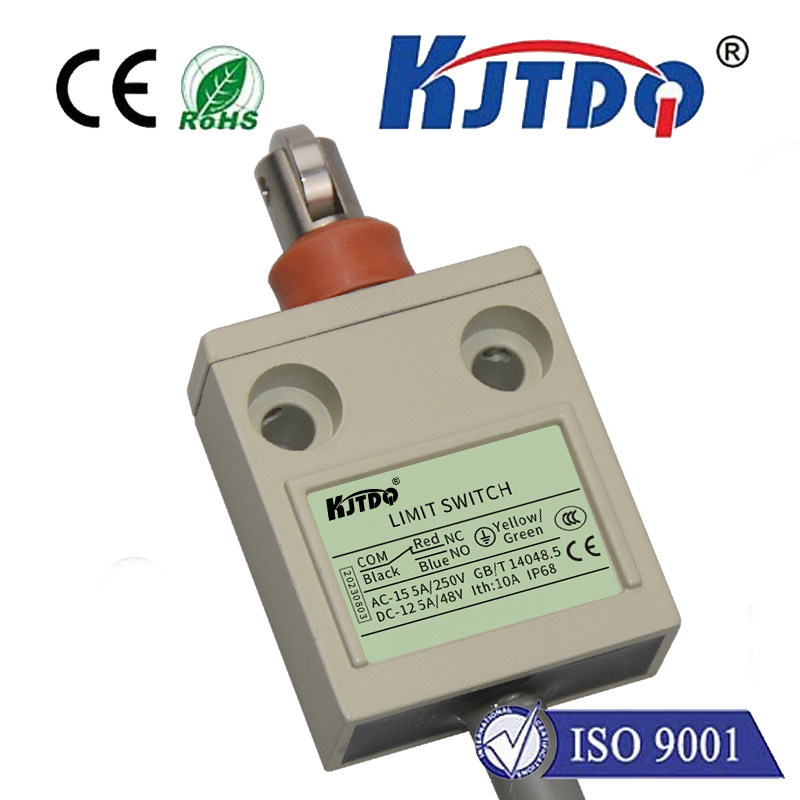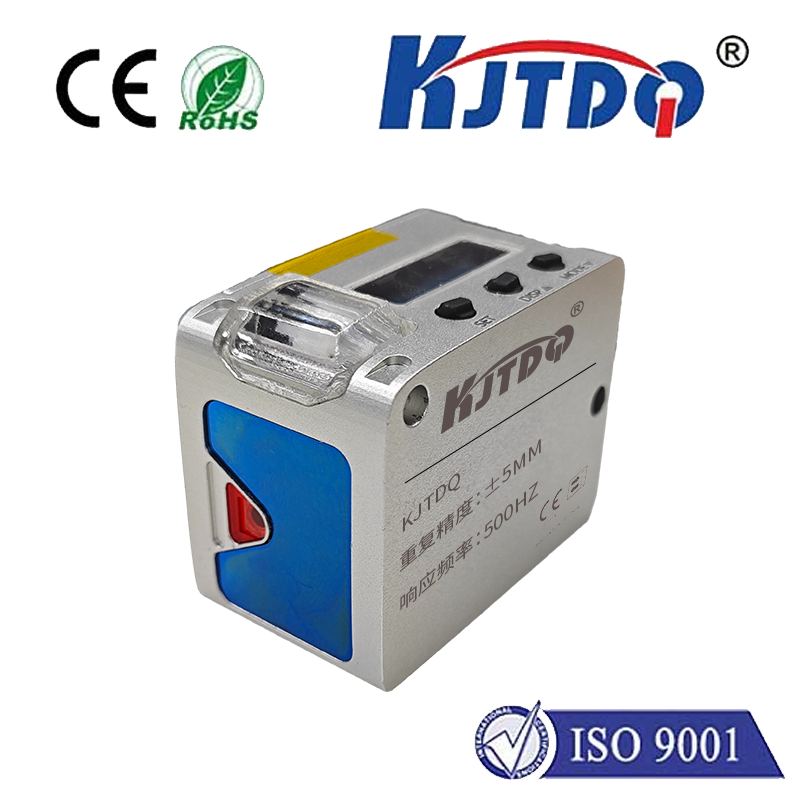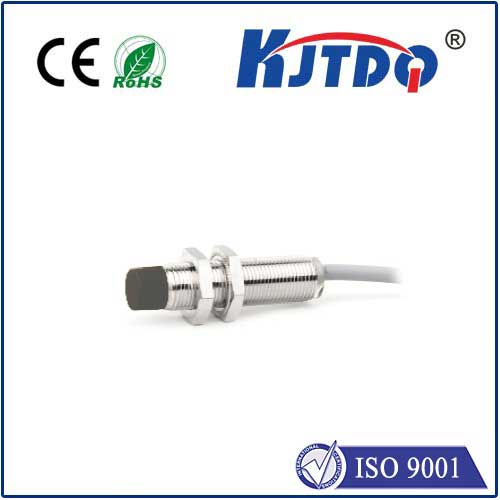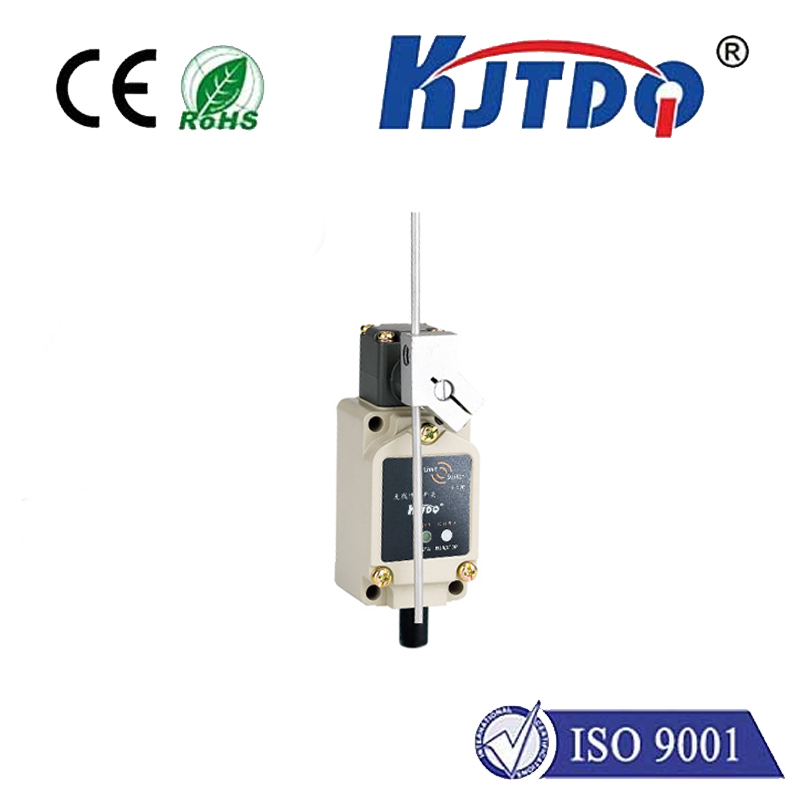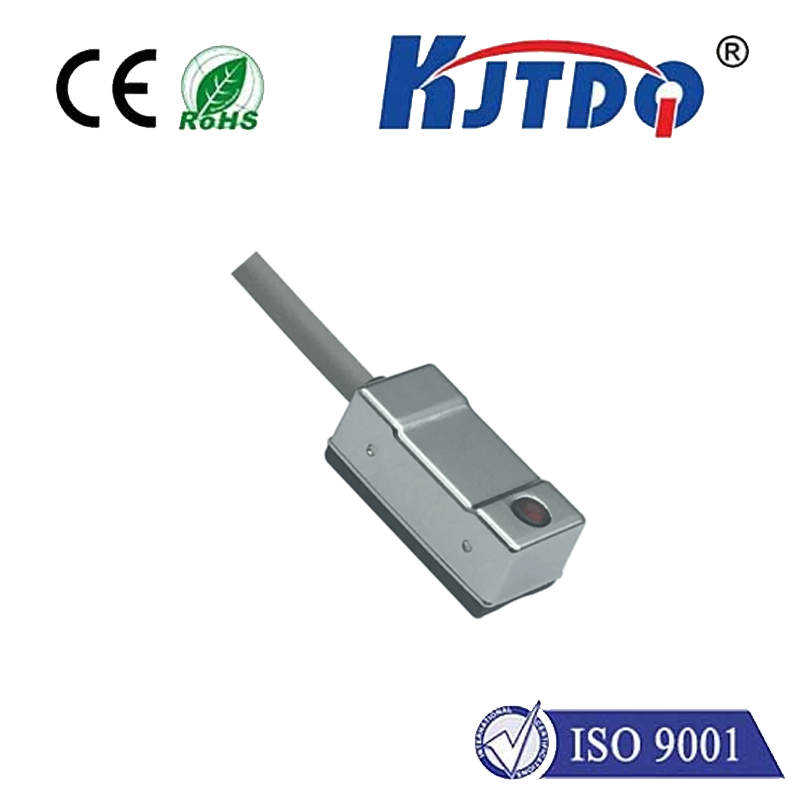E3Z-T61-M1J 0.3M m18 photoelectric sensor
- time:2025-09-25 16:05:10
- Click:0
The E3Z-T61-M1J: Power in Miniature - Your Compact M18 Photoelectric Solution (0.3M Range)
The relentless drive for efficiency and miniaturization in modern factories and machinery constantly demands smarter, smaller components. Space is a premium, and bulky equipment simply won’t cut it anymore. This is where the E3Z-T61-M1J photoelectric sensor truly shines. This M18 miniature photoelectric sensor, boasting a dependable 0.3m (300mm) sensing distance, represents a potent combination of compact size and reliable detection power for countless automation challenges.
Photoelectric sensors are the eyes of automation, detecting the presence, absence, position, or movement of objects without physical contact. Traditional models, however, can be too large for intricate machinery, dense control panels, or applications requiring clusters of sensors. The E3Z-T61-M1J directly addresses this need. Its defining characteristic is its ultra-compact cylindrical housing featuring M18 threading. This standardized M18 size is significantly smaller than common M30 sensors, allowing installation in incredibly tight spaces where other sensors simply wouldn’t fit. Don’t let its small stature fool you; this sensor packs a serious punch.
What Makes the E3Z-T61-M1J Stand Out?

- Unparalleled Compactness (M18 Size): The primary advantage is its size. The M18 form factor enables installation in cramped areas – inside small enclosures, adjacent to other components on compact machinery, or within tight conveyor guides. This miniaturization doesn’t sacrifice robustness; the housing is designed for industrial environments.
- Precise 0.3m Sensing Range (Sn): Engineered with a 0.3m sensing distance, the E3Z-T61-M1J strikes an ideal balance for medium-range detection needs. It excels in applications where objects need to be detected relatively close to the sensor, such as monitoring parts on conveyors, verifying component placement in assembly cells, or detecting small objects in bins. This 0.3m range is consistent and reliable under specified conditions.
- Diffuse-Reflective Sensing Principle: This model operates on the diffuse-reflective principle. It means the sensor emits a beam of light (typically visible red or infrared) from its integrated emitter. When an object enters the detection zone within the 0.3m range, light reflects diffusely off the object’s surface and is picked up by the sensor’s receiver. This design simplifies installation as only the sensor itself needs mounting – no separate reflector is required. However, performance can be influenced by the object’s color, reflectivity, and surface texture.
- Rugged Industrial Design: Built to endure the rigors of factory floors, the E3Z-T61-M1J features a robust construction. It typically carries an IP67 rating, signifying impressive resistance to dust ingress and protection against temporary immersion in water (up to 1m for 30 minutes). This durability ensures reliable operation in demanding environments like packaging lines, machining centers, and automated material handling.
- Practical Outputs & Wiring: Equipped with an M12 4-pin connector, installation and maintenance are streamlined. The connector design minimizes wiring errors and facilitates quick sensor replacement. Output configurations vary (refer to datasheet), but commonly include an NPN output (sourcing or sinking) suitable for interfacing with a wide range of PLCs and controllers.
Key Technical Features at a Glance:
- Model: E3Z-T61-M1J
- Sensing Method: Diffuse-reflective
- Sensing Distance: 0.3m (300mm) (Standard sensing distance, Sn)
- Housing Size: M18 threaded barrel
- Connection: M12 4-pin connector
- Output Type: Typically NPN (Confirm specific variant: NO/NC)
- Protection Rating: IP67
- Light Source: Usually Red LED or Infrared LED
- Supply Voltage: Commonly 12-24V DC
Where Does the E3Z-T61-M1J Excel? Applications Galore
The compact M18 photoelectric sensor like the E3Z-T61-M1J is incredibly versatile. Its 0.3m sensing range makes it perfect for numerous scenarios:
- Small Parts Detection on Conveyors: Accurately detect small components, bottles, caps, or packages moving down narrow belts where space around the conveyor line is limited. The M18 size allows mounting close to the product path.
- Presence Verification in Assembly: Confirm the presence of parts in jigs, fixtures, or small assembly stations before the next process step. Its size allows integration into tight robotic end effectors or compact work cells.
- Position Checking: Verify if a component is correctly positioned within a small machine or mechanism.
- Bin/Tote Level Detection: Monitor fill levels in smaller bins, totes, or hoppers, signaling when contents reach a certain point. The 0.3m range is well-suited for container heights within this scope.
- Machine Guarding: Used as part of safety interlocks (in conjunction with appropriate safety relays/controllers) to detect access to hazardous areas on smaller equipment.
- Robotics: Ideal for integration onto robotic arms or within compact collaborative robot (cobot) workspaces due to its M18 miniature size.
- Packaging Machinery: Detecting film jams, verifying package flaps are closed, or confirming product placement on compact packaging lines.
Why Choose This Compact 0.3M Sensor?
Beyond its core specifications, the E3Z-T61-M1J offers significant advantages:
- Space Optimization: Frees up valuable real estate on machinery and control panels, enabling more complex automation designs.
- Ease of Installation: The M18 threading and M12 connector simplify mounting and wiring, reducing integration time and cost.
- Reliability: Manufactured to industrial standards with IP67 protection, it offers dependable performance in harsh conditions, minimizing downtime.
- Cost-Effectiveness: Its standardized design and widespread use make it a competitively priced solution for reliable object detection within its 0.3m range.
- Versatility: Suitable for detecting a wide array of objects where its sensing distance and compactness are advantageous.
Finding the ideal sensor often means balancing detection needs with spatial constraints. The E3Z-T61-M1J proves that big capabilities can indeed come in small packages. Its combination of the M18 miniature housing, a practical and












